Introduction
Hibernation is how some animals snooze through tough seasons, like a long nap to skip winter’s chill or food shortages. It’s a super-smart survival move where their bodies slow down, using barely any energy to stay alive on stored fat. Hibernation biology dives into the science of this clever strategy, looking at how animals pull it off. It’s a big deal for figuring out how critters handle harsh times. This article unpacks what hibernation is, why it happens, how it works, and what scientists are discovering about it.
Not every animal hibernates, but the ones that do are like nature’s energy-saving experts. From tiny bats to chunky bears, each has its own way of chilling out when life gets rough. Hibernation biology explores these differences and why they matter for survival. Let’s jump into the wild world of hibernation. The sections below break down the how, why, and wow of this animal trick.

The Basics of Hibernation
Hibernation is when animals slip into a torpor state, like hitting a super-low-power mode. Their heart barely beats, breathing slows to a whisper, and body temperature drops way down. This lets them live off fat reserves for weeks or months without eating. Hibernation biology studies how animals manage this deep rest. It’s perfect for getting through times when food’s gone or it’s too cold to roam.
The torpor state varies by animal. Little guys like mice might dip into it daily, while bears settle in for a months-long snooze. Some wake up now and then to warm up or grab a quick snack before diving back in. These short breaks keep their bodies from shutting down for good. It’s a neat system that stretches their energy to last until better days.
Hibernation isn’t the same for everyone. Different hibernating species tweak it based on their size, food, or climate. Some pack fat in their tails, others in their bellies, depending on what works best. Hibernation biology checks out these twists to see how they help animals make it through. It’s all about staying alive when the going gets tough.
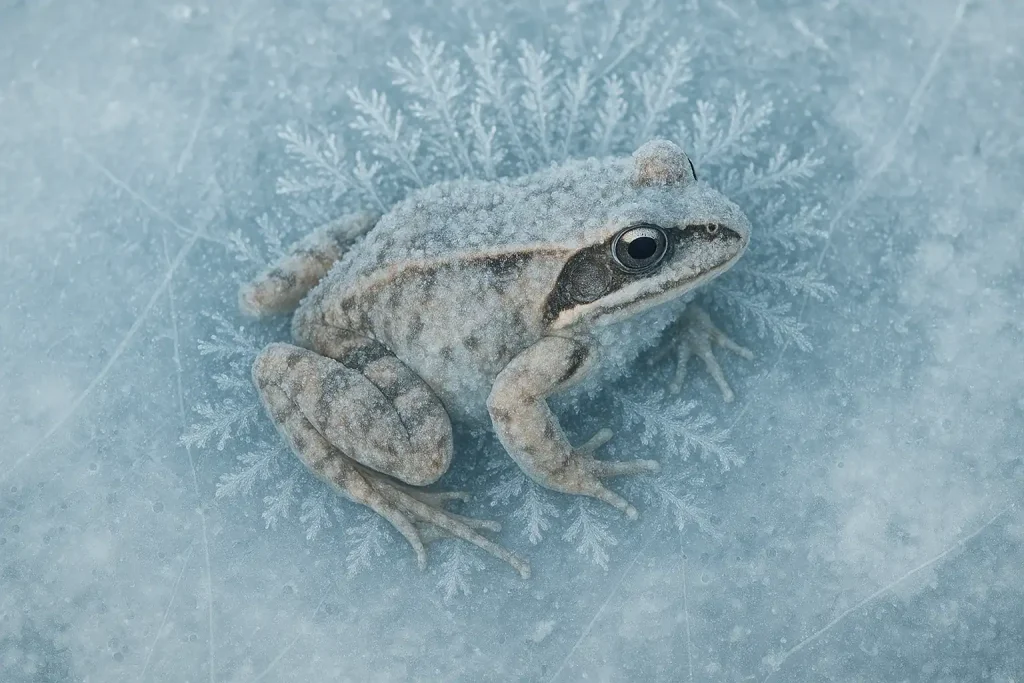
Why Some Animals Hibernate
Animals hibernate to dodge hard times, like freezing winters or seasons when food disappears. It’s a way to avoid starving or shivering by turning their body’s energy dial way down. Energy conservation is the name of the game, letting them wait out the rough patches without hunting. Hibernation biology looks at why some critters pick this path while others don’t. It depends on where they live and what they munch on.
For some, hibernation kicks in because their food vanishes. Animals that eat plants or bugs can’t find those in winter, so they shut down instead. In super-cold places, it saves energy that’d go to keeping warm. Smaller animals with fast metabolisms often hibernate, but even big ones like bears do a lighter version. Their body size and diet shape how they handle it.
Other animals might migrate or tough it out, but hibernation’s a solid plan for those stuck in place. It cuts risks like getting eaten or freezing while food’s scarce. Hibernation biology shows how this strategy boosts their chances of seeing spring. It’s a clever tradeoff: go super-sleepy, save energy, and wake up when life’s easier. That’s why hibernation’s such a winner.
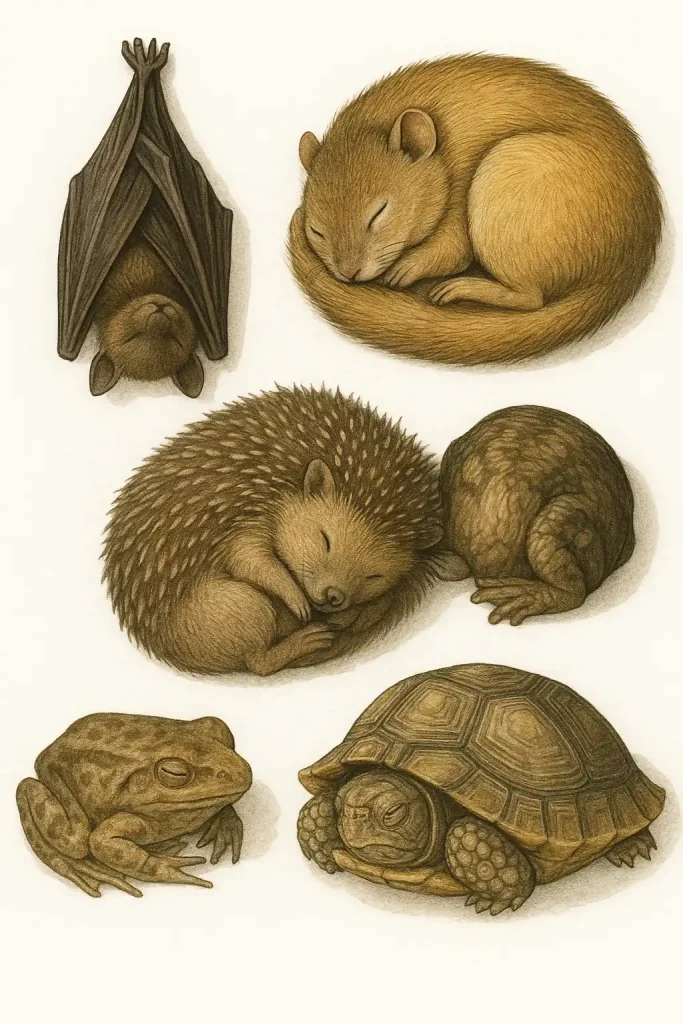
How Bodies Handle Hibernation
Hibernation works through metabolic suppression, where the body’s processes slow to a crawl. Heartbeats drop from racing to barely there, and breathing turns super shallow. Body temperature might fall close to the outside air, saving heaps of energy. Hibernation biology tracks these physiological adaptations to see how animals stay safe during this slowdown. It’s like their body knows exactly how to coast on empty.
Before hibernating, animals bulk up, storing fat to burn slowly over months. Their systems switch to using fat for fuel, which even produces a bit of water to keep them hydrated. Vital organs like the heart and brain keep ticking just enough to stay alive. Special controls make sure they don’t run out of energy or get hurt. It’s a crazy-tight balancing act to keep everything running.
The body also fends off issues like weak muscles or brittle bones during hibernation. Hormones and proteins step in to protect tissues, even with no food or exercise. Hibernation biology digs into how these defenses work, from blood flow to immune systems. When it’s time to wake, the body revs up slowly to avoid trouble. This whole setup is a wild survival plan.
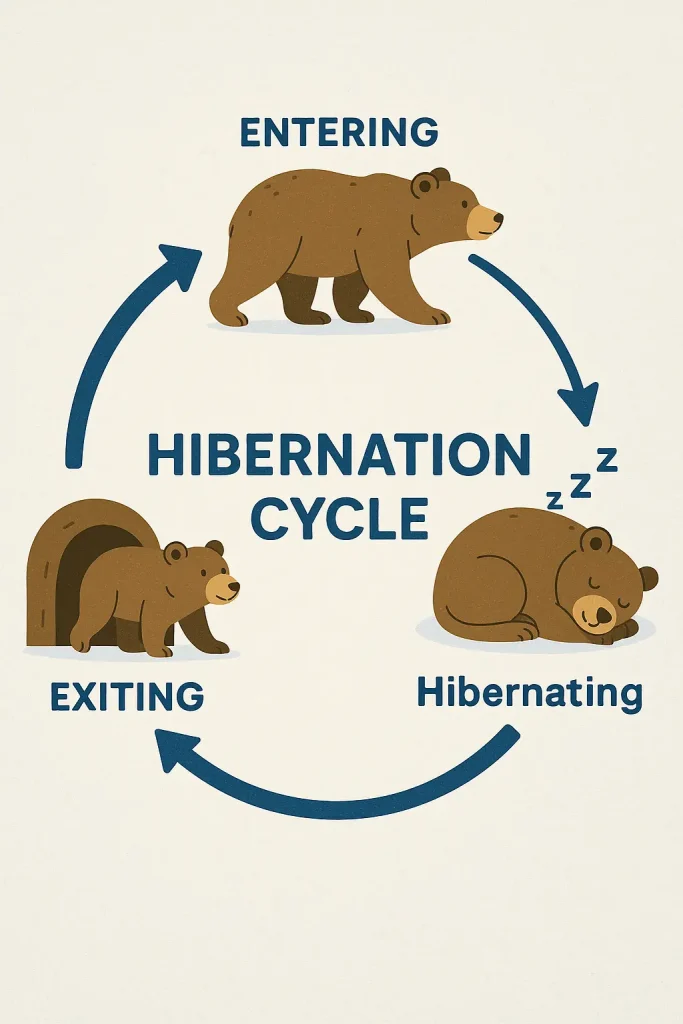
What Research Is Telling Us
Scientists studying hibernation biology are uncovering how animals start and stick with this low-energy state. They’ve spotted brain cells in small mammals that, when flipped on, nudge the body into a torpor-like mode, cooling it down and slowing its metabolism. Tests in non-hibernating animals showed some of the same effects, just less intense. These clues point to ways of controlling sleep-like states in other creatures. The focus is on brain signals and molecules that trigger this downtime.
Another big find is how hibernating species shield their bodies during extreme conditions. Certain animals use chemicals to protect organs when blood starts flowing again after hibernation, preventing damage. These tricks could help with things like keeping organs safe for transplants or aiding recovery in emergencies. Researchers are also looking at how hibernation seems to pause signs of aging in some animals. That’s got scientists excited about studying long life.
The ideas don’t stop with animals. Studies are poking at whether humans could use hibernation-like tricks for things like long space trips or medical procedures by saving energy. It’s still early, but the science is buzzing with possibilities. Hibernation biology is showing us there’s a lot more to learn from these sleepy critters. The discoveries keep piling up, opening new doors.
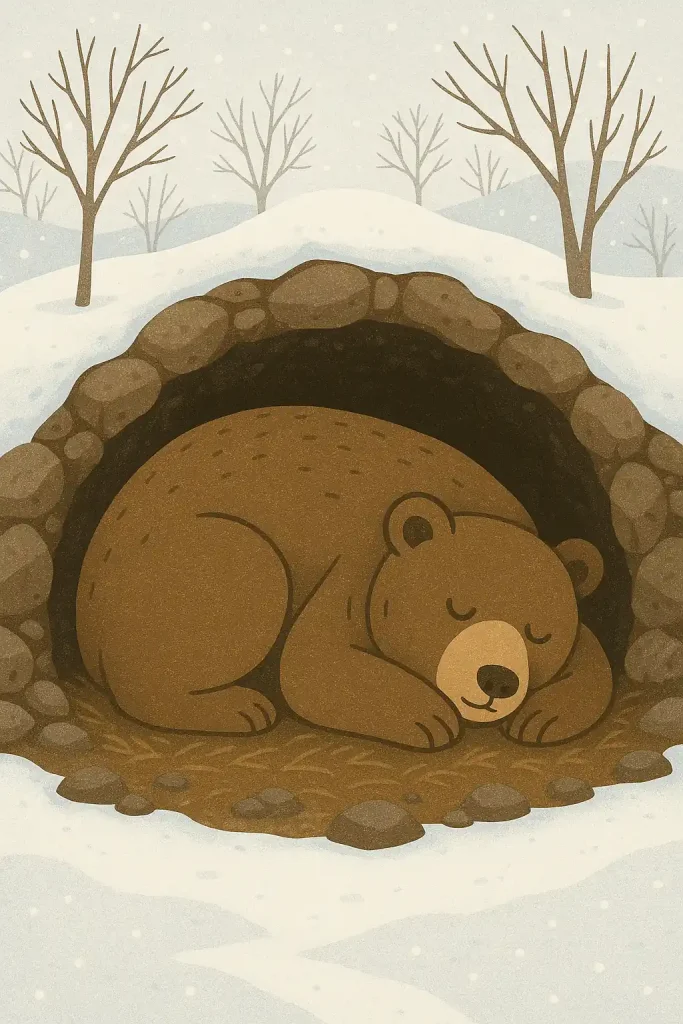
Challenges in Studying Hibernation
Peeking into hibernation is tough since you can’t just barge into an animal’s den. Disturbing them can throw off their whole sleep cycle, so researchers have to tread lightly. Plus, hibernating species are super varied—think tiny frogs versus big bears—each with its own hibernation style. Hibernation biology has to tackle these differences to find common threads. That makes studying it a bit of a puzzle.
Hibernation involves the whole body, from the brain to the gut, which complicates things. Scientists need to track metabolism, hormones, and even tiny microbes all at once to get it right. The gear for studying small or shy animals can be tricky and expensive. Some critters won’t even hibernate in a lab, which throws a wrench in experiments. It’s a lot to juggle for one study.
Still, the effort pays off because hibernation’s physiological adaptations could unlock big wins, like new medical treatments or ways to help endangered animals. Figuring out how it all clicks takes patience and some seriously clever science. Hibernation biology keeps at it, piecing together how these animals manage their epic naps. Every step forward cracks open new questions.
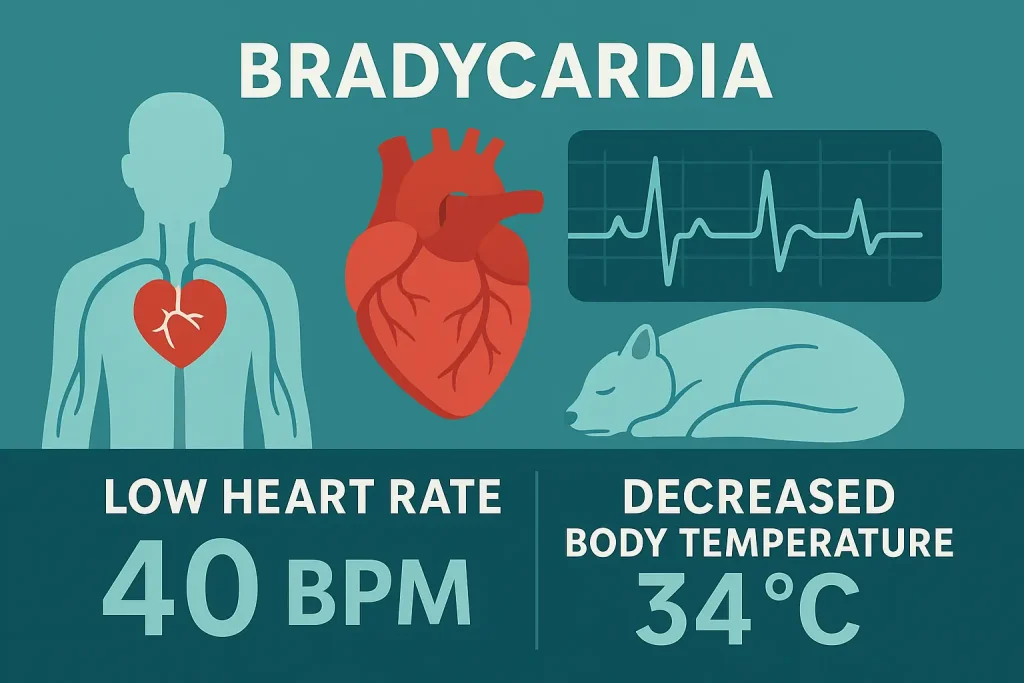
Leave a Reply